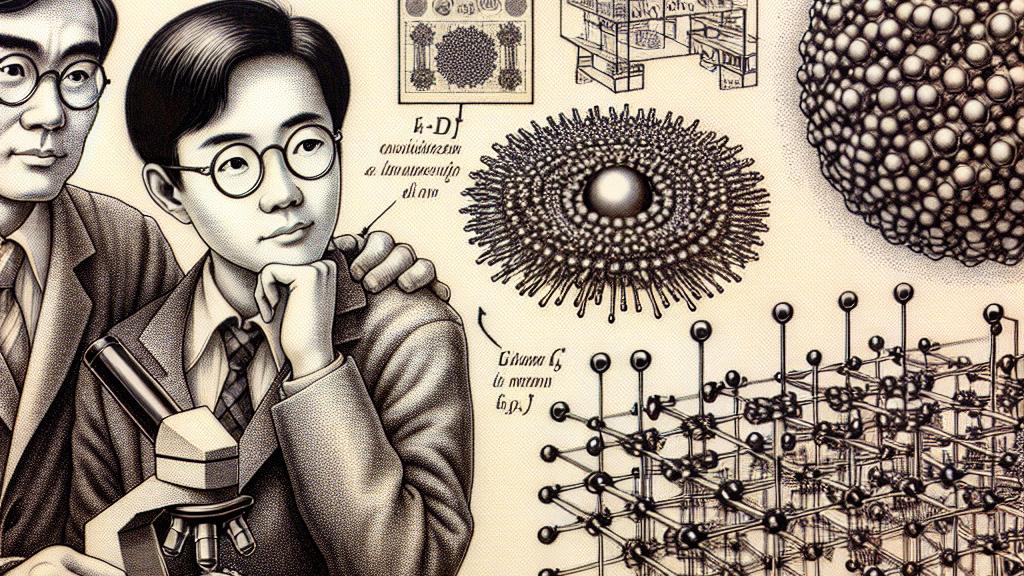New Discoveries in Kagome Metals Challenge Magnetism Theories
Overview
- Exciting research at Rice University uncovers that localized electrons, rather than their mobile counterparts, are the true drivers of magnetism in FeSn thin films.
- This significant discovery directly counters established theories about kagome metals that have stood resilient for decades.
- The far-reaching implications could revolutionize advanced technologies, particularly in quantum computing and superconductivity.

Overview of the Discovery
In a remarkable breakthrough, scientists at Rice University, led by the talented physicists Zheng Ren and Ming Yi, have astounded the scientific community with new insights into kagome metals. Their focus on iron-tin (FeSn) thin films—a fascinating class of materials named after a traditional Japanese weaving pattern—has revealed that these metals possess unique magnetic properties. Rather than relying on the long-held belief that mobile electrons drive magnetism, this study demonstrates that localized electrons take center stage. This pivotal finding not only overturns previous misconceptions but also sheds light on the underlying mechanisms that govern electron interactions, showcasing the complexity of atomic behaviors that enhance the material's magnetic characteristics. Such a revelation invites fresh discussions and deeper explorations in the realm of condensed matter physics.
Revolutionizing Theoretical Understanding
Traditionally, the accepted narrative within the scientific arena posited that itinerant electrons were primarily responsible for the magnetic phenomena observed in kagome metals. However, this groundbreaking research fundamentally disrupts that narrative. By illustrating that localized electrons are the true agents of magnetic behavior, the findings emphasize an intricate and compelling relationship among these particles that shapes the materials’ overall properties. In a fascinating twist, the researchers noted how specific behaviors of electrons persisted even at elevated temperatures, characterized by the notable splitting of kagome flat bands. This rich complexity accentuates the need for further inquiry into the mysterious interplay between magnetism and electron behavior, beckoning researchers to unlock new possibilities for innovative materials that align with cutting-edge technological goals.
Future Applications and Implications
The implications of this groundbreaking research are not merely academic; they hold the potential to ignite a technological revolution. For instance, discoveries related to electron correlations could significantly enhance the development of high-temperature superconductors, materials capable of conducting electricity without resistance under more practical conditions. Imagine the possibilities—transforming our power grids into ultra-efficient networks, lowering energy costs, and even reducing environmental impact. Moreover, in the arena of quantum computing, grasping these nuanced electron behaviors may facilitate breakthroughs in creating advanced quantum logic gates, which can dramatically enhance data processing capabilities. Thus, this invigorating study marks a significant stride toward bridging theoretical concepts with real-world applications, promising to usher in a new era of innovation that could profoundly affect our daily lives and the future of technology.

Loading...